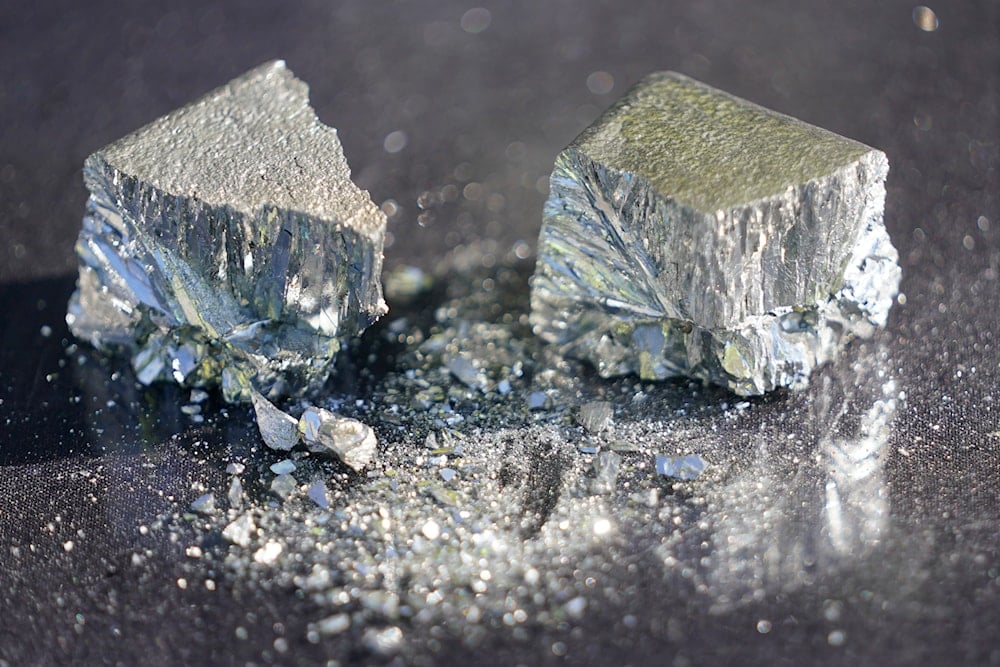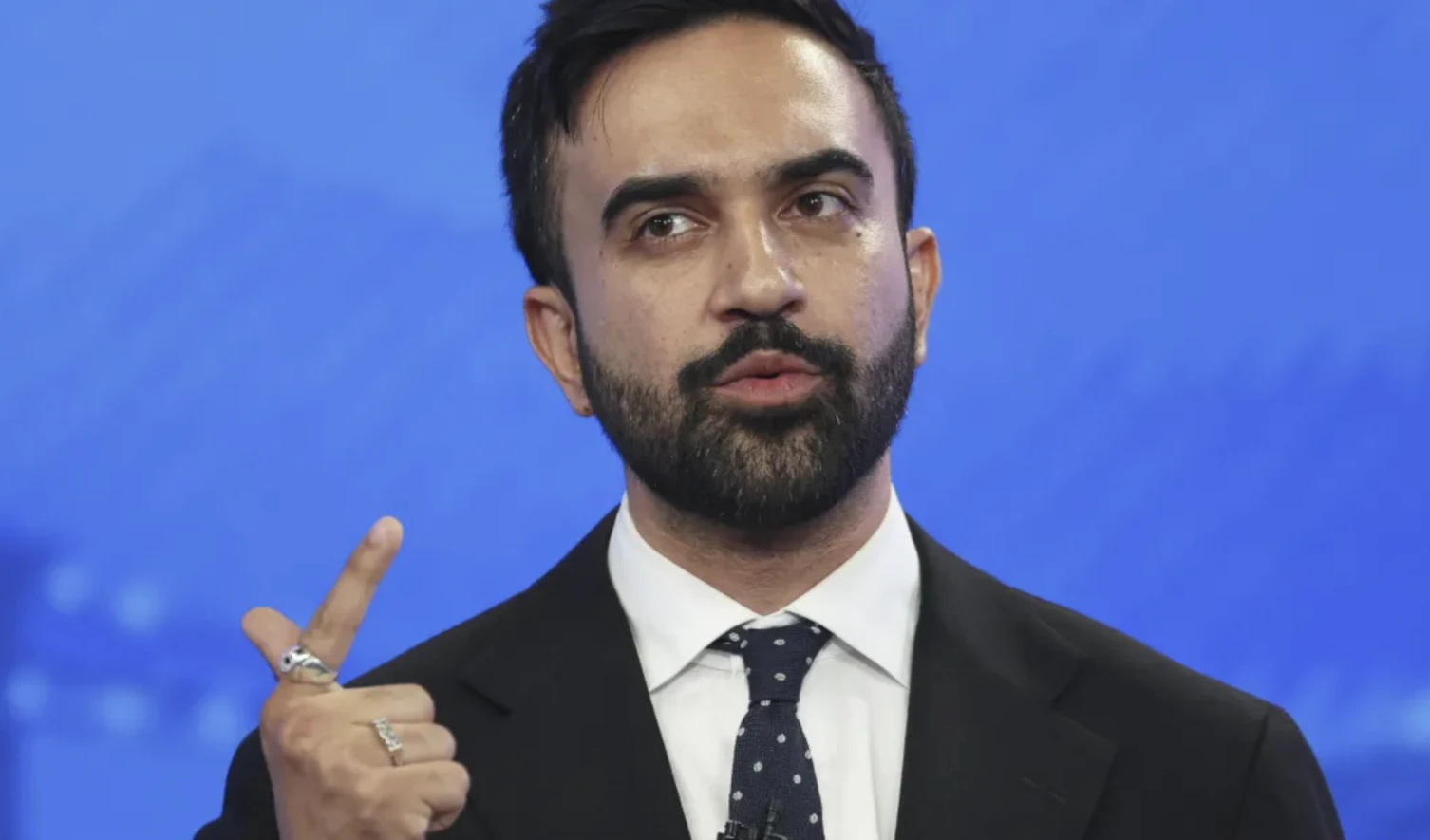Trump's push for Ukraine's rare earth elements explained
US President Donald Trump seeks to obtain rare earth resources from Ukraine in exchange for US aid.
-

Refined tellurium is displayed at the Rio Tinto Kennecott refinery, on May 11, 2022, in Magna, Utah. (AP)
Rare earth minerals, which US President Donald Trump hopes to secure from Ukraine as part of a deal for US aid, are crucial for industries developing computers, batteries, and advanced energy technology.
Rare earths are a group of 17 heavy metals, including dysprosium, neodymium, and cerium, which are essential in various industries. While these elements are abundant in the Earth’s crust globally, they are often found in low concentrations.
The United States Geological Survey estimated in 2024 that there are 110 million tons of global rare earth deposits, with China holding 44 million tonnes, making it the world’s largest producer. Other significant deposits are in Brazil, Vietnam, Russia, and India. However, mining these elements is environmentally challenging, as it involves heavy chemical use that results in substantial toxic waste.
Why does Trump want them?
Each of the 17 rare earth elements is indispensable in many industries, from electronics to defense. Europium is used in television screens, cerium for polishing glass and refining oil, and lanthanum is vital for car catalytic converters.
Rare earths are also crucial in high-tech applications like wind turbines, where neodymium and dysprosium enable the creation of durable, maintenance-free magnets for offshore energy generation.
Trump suggested a deal in which Ukraine would guarantee a supply of rare earths in exchange for US aid, an idea that Ukrainian President Volodymyr Zelensky had proposed the previous year.
Where does most of the world’s current supply of rare earths come from?
China has dominated rare earth production for decades, investing heavily in refining operations. The Asian country also holds many patents on rare earth production, which creates barriers for other nations aiming to process rare earths independently.
As a result, the US and EU primarily rely on China for rare earth supplies, though both are seeking to diversify and recycle more to reduce dependence on Beijing. This reliance became evident during the 2019 US-China trade dispute when China threatened to cut rare earth exports to the US.
Japan, which suffered during a similar export ban in 2010, has since sought alternative supply routes, including deals with the Australian company Lynas.
Rare earths are considered critical minerals in the US, though not all critical minerals are rare earths. For example, while rare earths are not subject to China's recent export restrictions, the Chinese government has imposed controls on other critical minerals such as tungsten, tellurium, bismuth, molybdenum, and indium, citing national security concerns.
The US Geological Survey also designates these materials as critical due to their importance in technologies related to clean energy, advanced technology, and national security.
Russia warns Trump: Stay away from Ukraine's rare earths
It is worth noting that a senior Russian official condemned US President Donald Trump's proposal to provide military aid to Ukraine in exchange for access to its valuable mineral resources.
Kremlin spokesperson Dmitry Peskov told reporters on Tuesday, "If we call things as they are, this is a proposal to buy help — in other words, not to give it unconditionally, or for some other reasons, but specifically to provide it on a commercial basis."
Peskov added, "It would be better of course for the assistance to not be provided at all, as that would contribute to the end of this conflict," referring to a war initiated by Russia.
German Chancellor Olaf Scholz also criticized Trump's suggestion, labeling it as "very egotistic, very self-centered," and emphasizing that Ukraine would need its natural resources for postwar reconstruction.
Read more: Rare earth elements and their applications; why the global competition

 4 Min Read
4 Min Read










